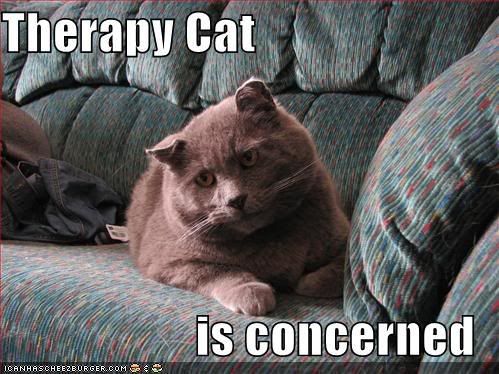 |
| Oskar plays with Klaus, his owners' other cat. |
Oskar, a shorthair tabby kitten, was born without developed eyeballs and has no vision. Despite his disability, he plays with toys, eats, drinks, and finds his litterbox with ease, and gets along with with his owners' other cat. His story shows the miraculous ability of cats to adapt to their surroundings and circumstances and maximize each of their senses. According to Oskar's owner, Mick Szydlowski, Oskar relies primarily on hearing and scent to maneuver his way throughout the house. Both senses are keen and he can accurately pinpoint where most sounds and smells are coming from, allowing him to eat easily and come when called.
According to an MSNBC article on Oskar, his owners created his YouTube channel and Facebook page in the hopes of "inspiring others to open their hearts and homes to pets with special needs". For more on Oskar, visit his YouTube account at www.YouTube.com/user/Mick12321kciM.




